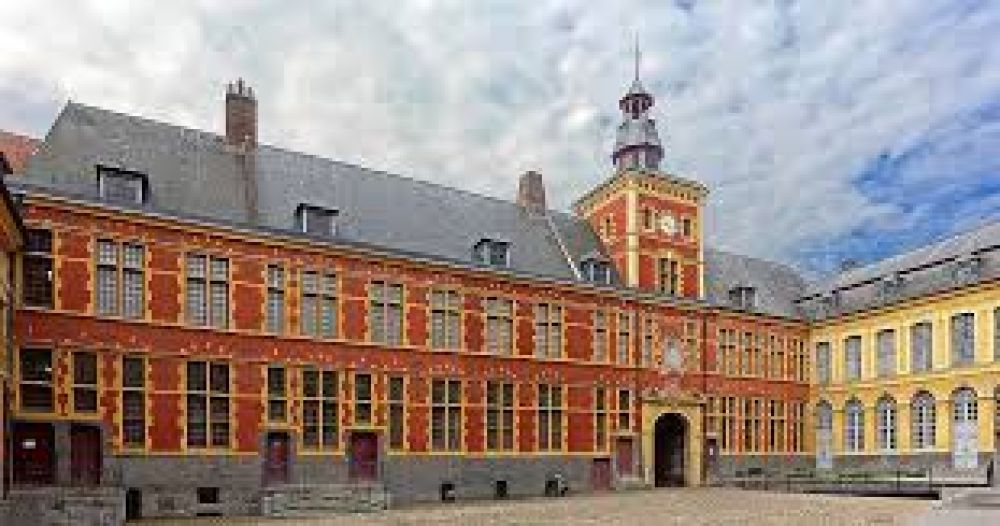The Hospice Comtesse Museum, situated in the historic heart of Lille, France, is a testament to the city's rich cultural heritage. Founded in 1237 by Countess Jeanne de Flandre, the hospice served as a hospital for the poor until the late 1930s. It was transformed into a museum in 1962, showcasing Lille's history through its extensive collection of paintings, sculptures, ceramics, and furniture. The museum is housed in a preserved hospital building featuring Flemish architecture with a charming wooden façade, sandstone, and brick. The hospice also includes a baroque chapel and a medicinal herb garden, reflecting its past as a place of healing. Inside, visitors can explore period rooms that recreate the atmosphere of the 17th century, including a kitchen, a pharmacy, and dormitories. Art lovers can appreciate works from the 15th to 18th centuries, while those interested in social history can gain insights into hospital life and care in the middle ages. The museum's collection extends to religious art, highlighting the strong connection between the hospice and Lille's religious history.

